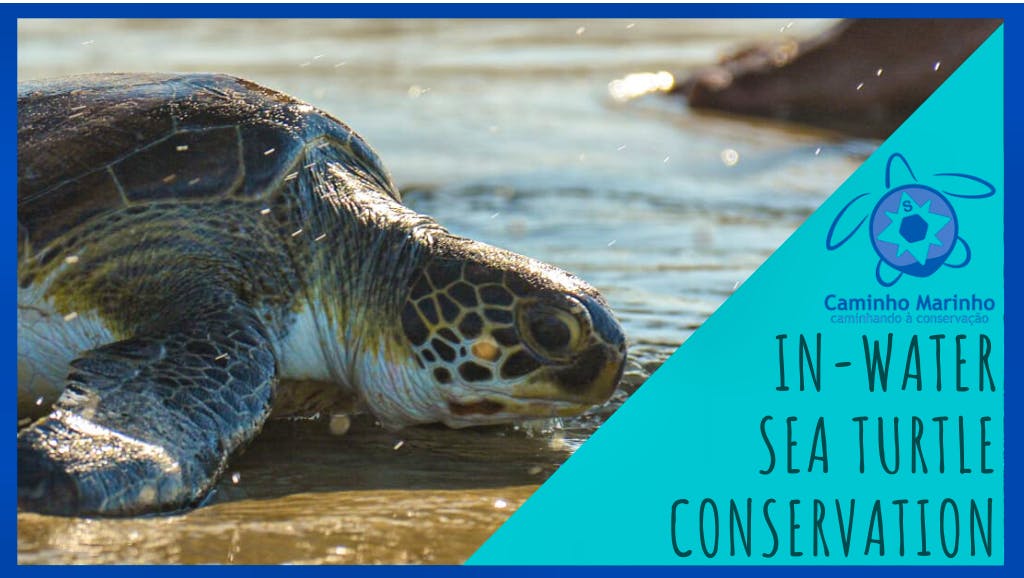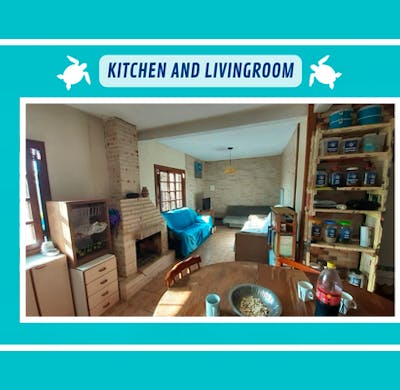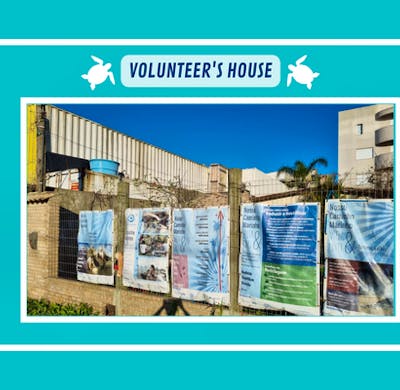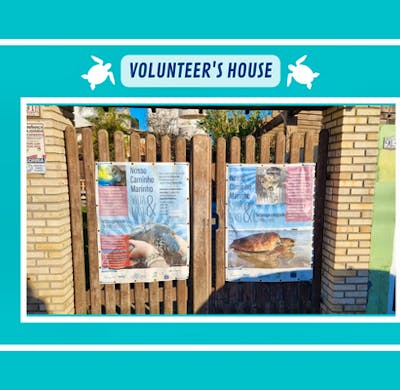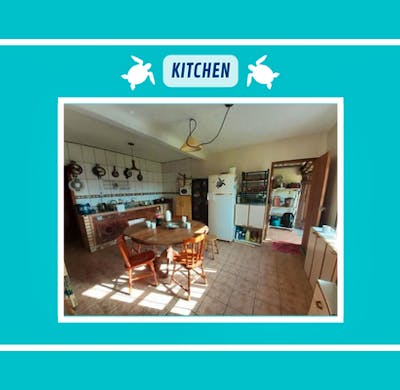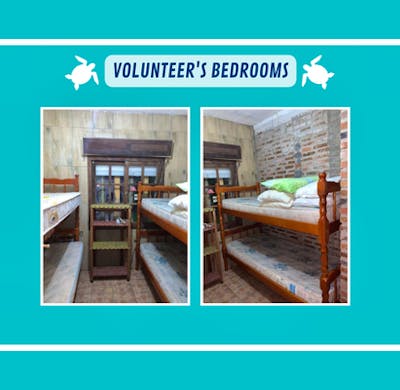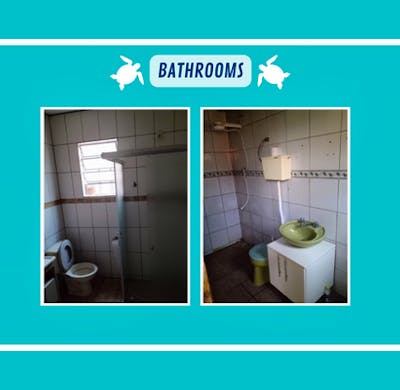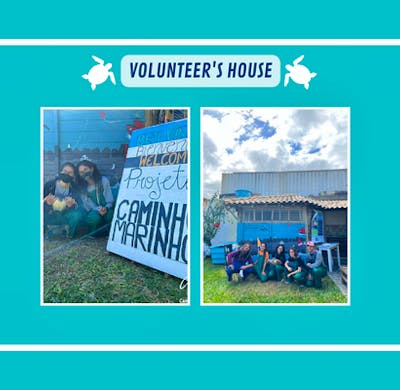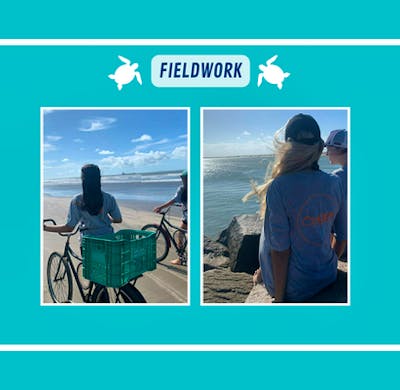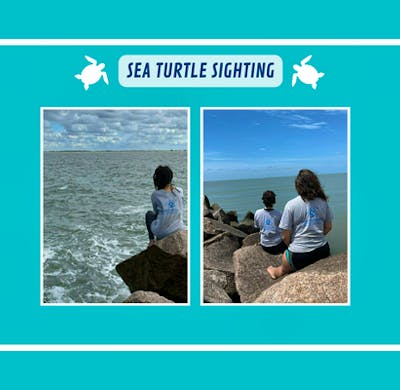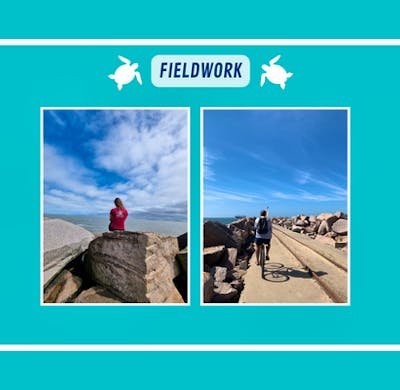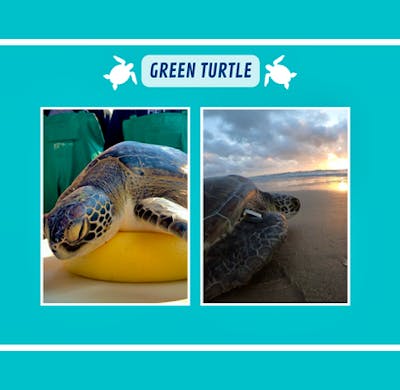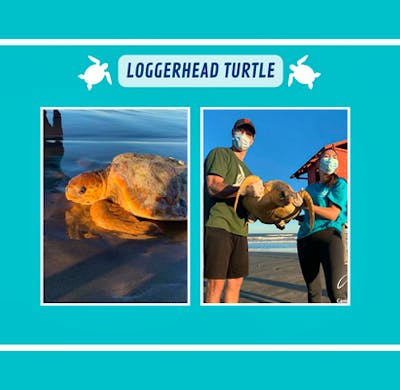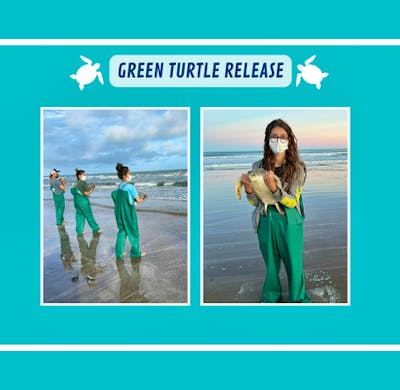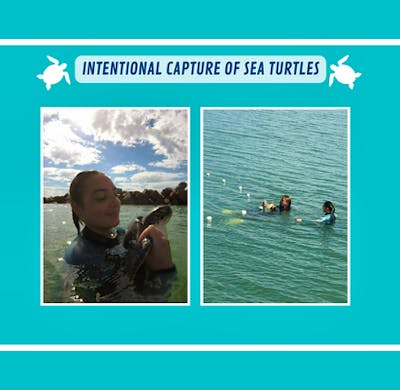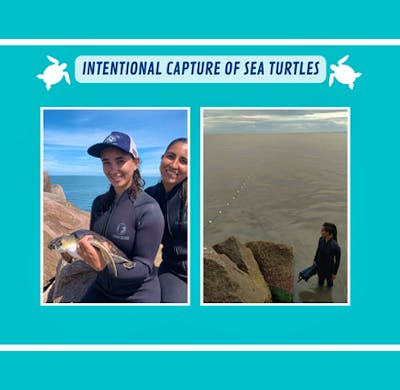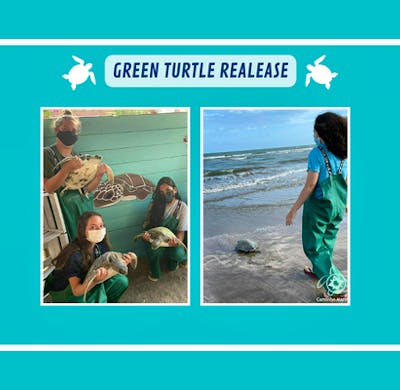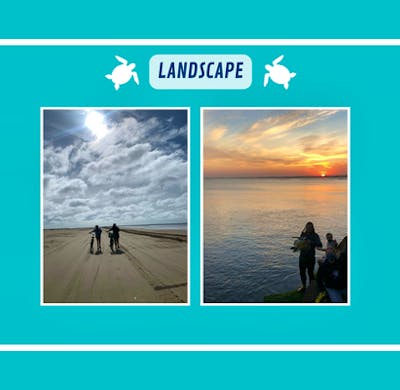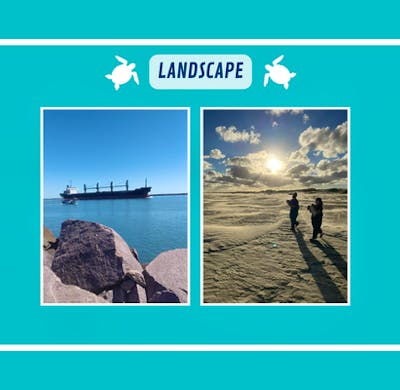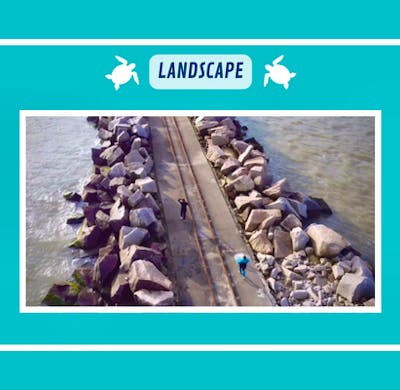2021 at In-Water Sea turtle Conservation
from 441€
In-Water Sea turtle Conservation
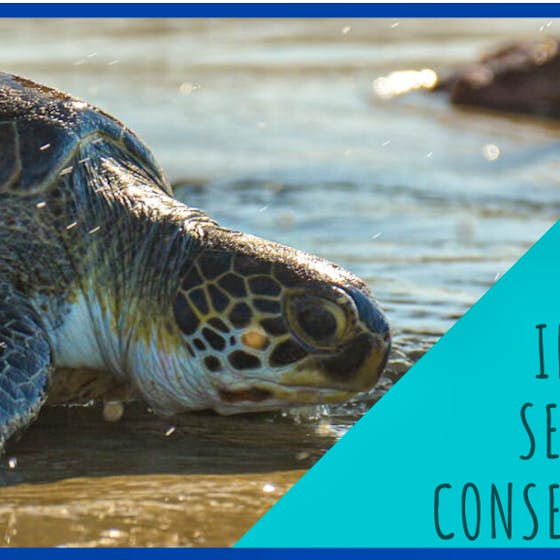
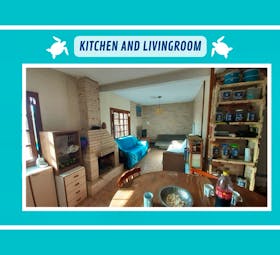
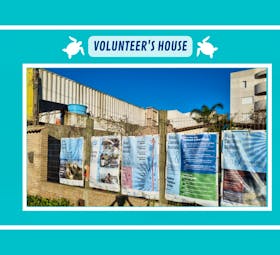
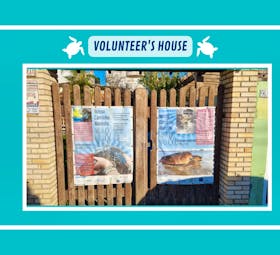

Highlights
- You will have direct contact with the wildlife in Brazil in the search for sea turtles in their habitat and captures of them in the water as well as monitoring their interactions with fisherman
- Also you will discover the natural beauty of the region and its marine animals, including sea turtles, dolphins and sea lions.
- Be able to experience the Brazilian way of life and immerse yourself in its culture, from its food, music and dance, also with the opportunity to see Brazilian shows every weekend.
- Promote environmental education amongst the locals and build friendships with volunteers from around the world.
- Learn and develop the different techniques for sea turtle research and live a greener life which we promote and apply as a group.
Especially suitable
About the program
Search for sea turtles and have direct contact with wildlife in Brazil!
About the Program
The main objective of this programme is to evaluate and assess the occurrence of Green Sea Turtles in the breakwaters of “Molhes de Barra”. When doing so you will assess the relationships of the turtles which such activities like fishing and tourism, to help the conservation of ...
Typical day
Every day the volunteers will cycle (5km) to the “Molhe Oeste” to carry out monitoring activities, such as:
- Sighting sea turtles from a fixed point (Molhes de Barra)
- Teams will take turns to go to the breakwaters by bike or foots to observe for two hours, and rest for 30 minutes per sighting. They ...
Free-time activities
Rio Grande is a city known for musicality, with several local artists of Brazilian and international music (Thursday to Saturday gigs).
Rio Grande has several museums with the most known being those linked to the sea: oceanographic museum, nautical museum, eco-museum Polvora Island, and a visit to ...
Requirements
What's Included
What's NOT included?
Details on arrival
Caminho Marinho offers accommodation service in the Cassino Beach, which consists of a large house with 3 bedrooms, bathroom, living room and kitchen, equipped with internet and washing machine with cost; The organization is collective between the trainees and volunteers to maintain the good living environment. Bed linen (sheets, blanket and pillow) and bath towel and for the field are the responsibility of the volunteers.
The project is located in the municipality of Rio Grande, Rio Grande do Sul. The nearest international airport is located in Porto Alegre (Salgado Filho Airport). By bus, the volunteer arrives from Porto Alegre to Rio Grande in a trip of 5 hours and 27 dollars of cost.
The Project region has four seasons of the year well marked and therefore the luggage of the volunteer must be adapted according to the period of their participation. The project works throughout the year - however, the climate changes every season. Although sea turtles are present all year round, they become much less abundant between July and September.
Program fees
Meet your organization
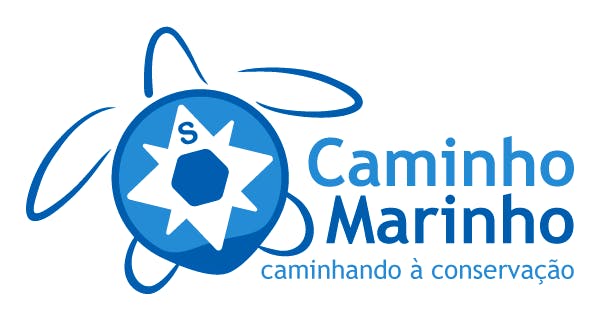
Caminho Marinho
Non-profit - founded in 2010
Verified by Volunteer World
Coordinated by
Thayana
About the project
10 reviews ·  5
5
Location

You might also be interested in
-
Yoga
Sea Turtle Conservation
Couples
Global Volunteer Opportunities
Projects Abroad
Group Volunteering
Mission Trips
Voluntouring
Adults
Volunteer Trips for College Students
Best Volunteer Programs
Internships in Brazil
Latin America
